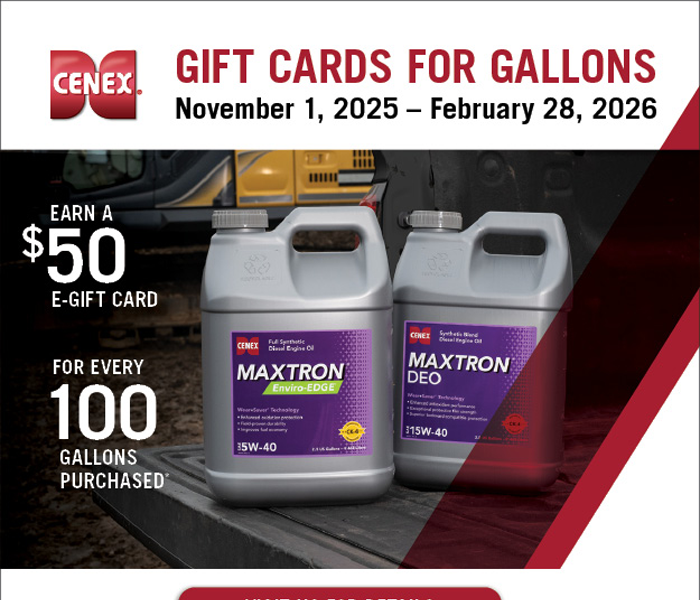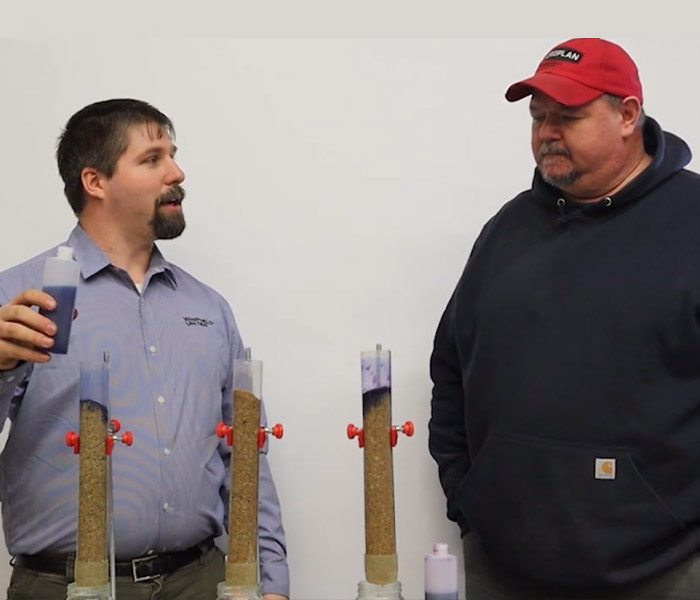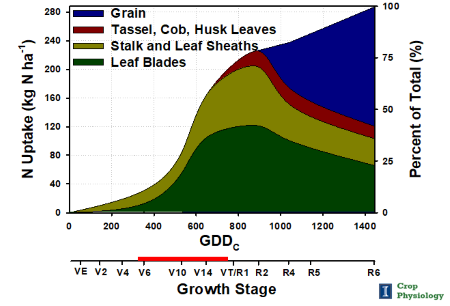Premier Co-op

December Energy News
I hope you were able to enjoy Thanksgiving with family and friends. And I hope you’ve recovered from your food coma. For the 10 of you (including my mom) who read my newslett...

28% of Nitrogen that farmers apply will be lost due to volatility, leaching, and denitrification. In recent years, many have compensated by applying even more Nitrogen to their fields. With Nitrogen prices skyrocketing (along with other fertilizers) it now makes more economic sense to protect your nitrogen applications with a nitrogen stabilizer.
The figure below shows the importance of having nitrogen available for plant uptake at key growth stages.

Nitrogen stabilizers slow down the conversion of ammonium to nitrate, which is critical to keeping nitrogen in a form that prevents leaching. We recommend using nitrogen stabilizers with early spring applications, depending on the amount of nitrogen applied. Even at planting, the crop is 60 days from when it will use most of the available nitrogen, so there’s still potential for significant loss.
The video below featuring Premier Cooperative Agronomist Todd Beuthin and Winfield United Agronomist Tryston Beyrer demonstrates how nitrogen moves through different types of soil and how the use of nitrogen stabilizers can help mitigate nitrogen loss.
Fill out the form below to contact a Premier agronomist and learn more about using nitrogen stabilizers on your operation.
